Old substrates
What damage to the old coating, constituting the foundation of the new one, must be checked before reworking it?
Before applying a new coating, the following should be checked for damage to the old coating:
1) Dirty;
2) discoloration, fungus, pubescence;
3) calcification;
4) insufficient …
 Cast iron and steel
Cast iron and steel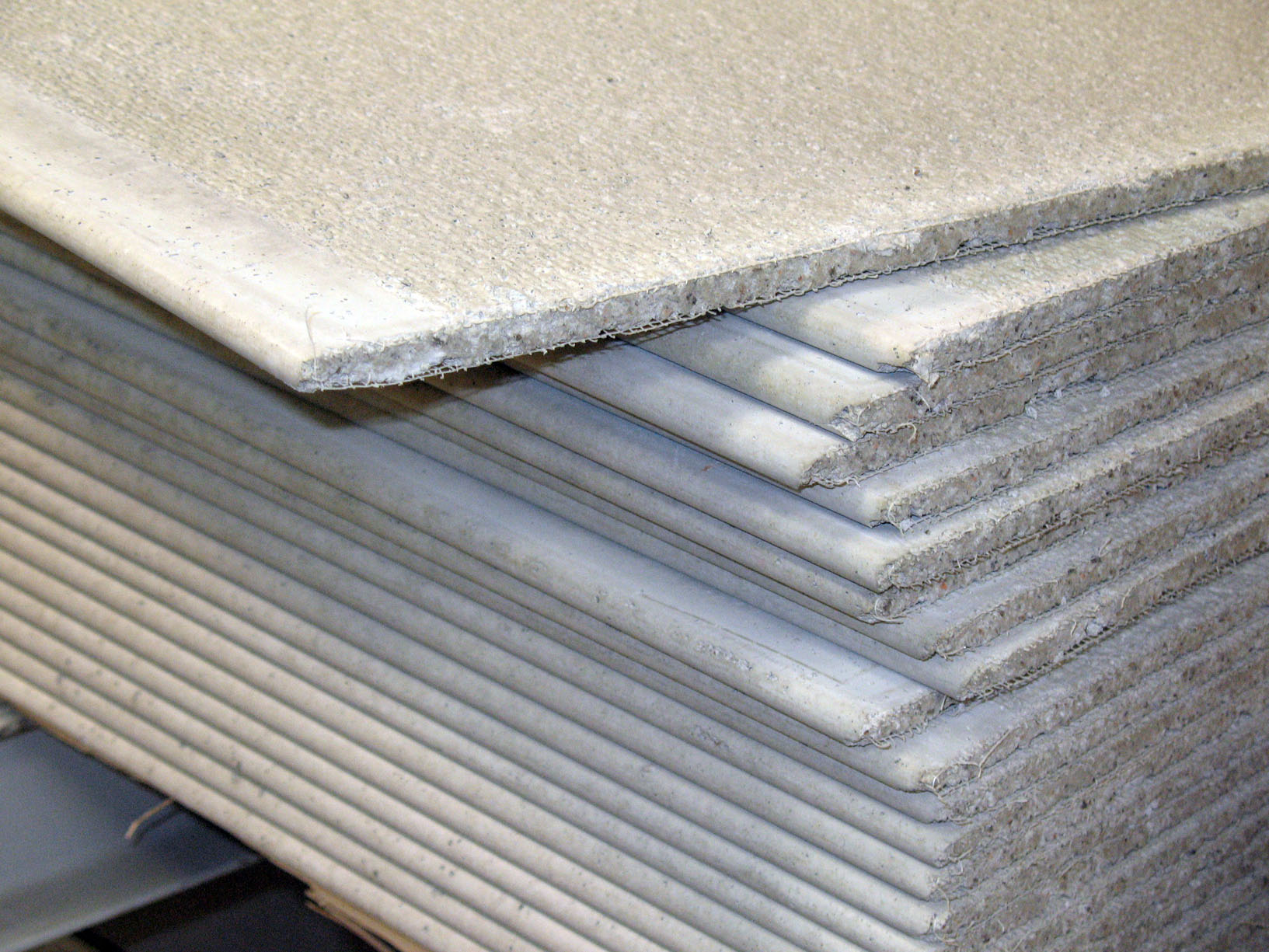 Fiber-reinforced cement boards
Fiber-reinforced cement boards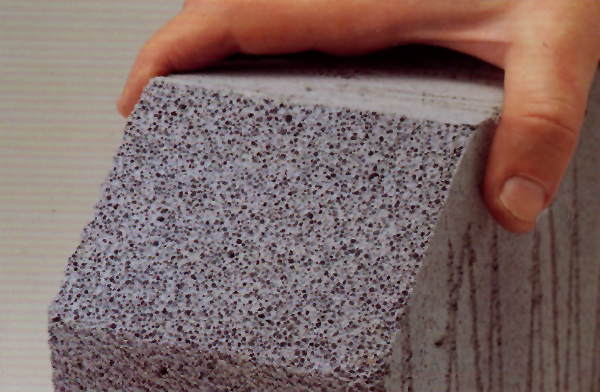 What are the required substrate tests for aerated concrete prior to coating?? How defects and damage can be recognized?
What are the required substrate tests for aerated concrete prior to coating?? How defects and damage can be recognized?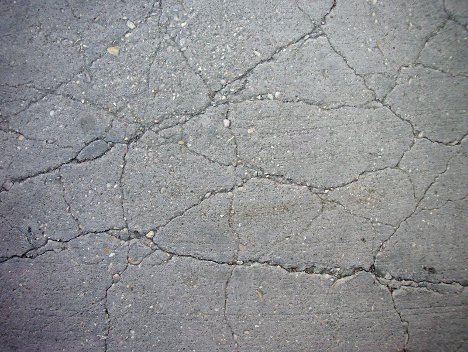 To unambiguously determine the condition of the concrete surface, the degrees of surface damage are formulated from 1 do 5.
To unambiguously determine the condition of the concrete surface, the degrees of surface damage are formulated from 1 do 5.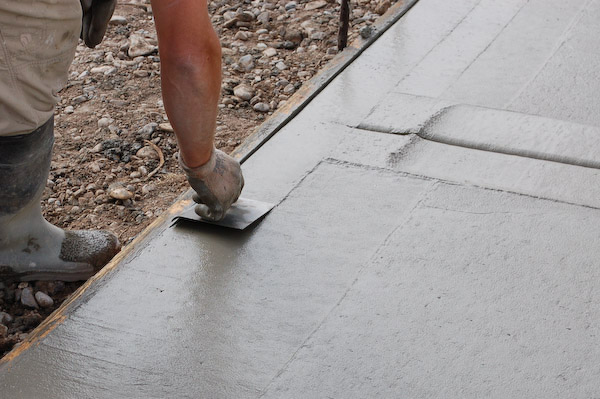 Concrete
Concrete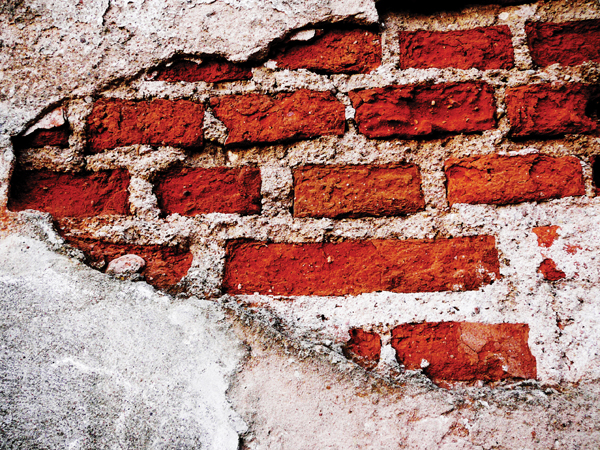 The alkalinity of the plaster is due to the presence of calcium hydroxide in it (lime lye). The decisive factor here is the water-soluble calcium hydroxide content.
The alkalinity of the plaster is due to the presence of calcium hydroxide in it (lime lye). The decisive factor here is the water-soluble calcium hydroxide content. Plasters
Plasters